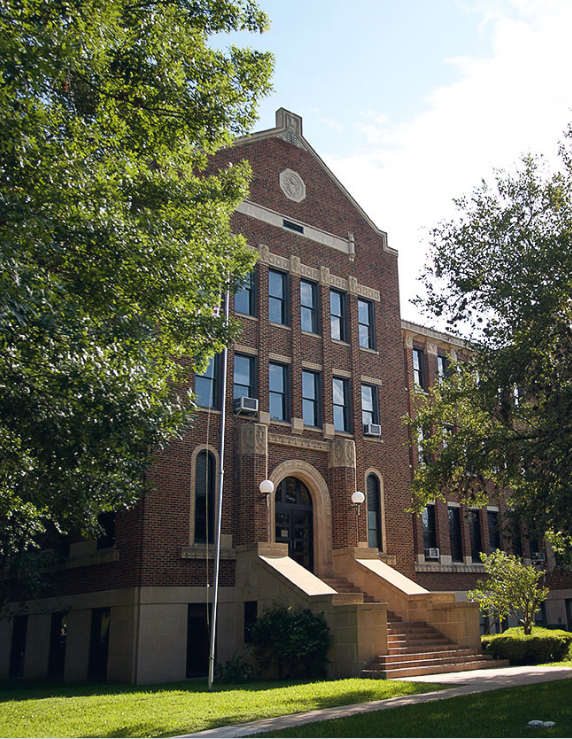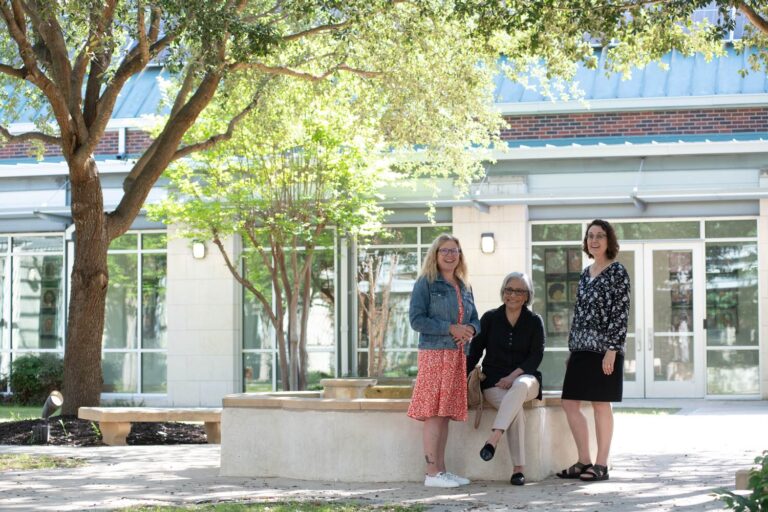Acedia is a spiritual malady with a fascinating history. First identified as the noon day demon encountered specifically in the monastic life, acedia was later defined as the root of the sin of sloth by John Cassian, Thomas of Aquinas and others. Our contemporaries seem unaware they are facing the age-old demon of acedia. Most often it is experienced by people who struggle with despair, not caring and the fear of commitment and for those who dedicate themselves to spiritual growth, pastoral ministry and preaching the Good News.
Early Church Mothers and Fathers, considered acedia as a state of restlessness and an inability to pray or work. In his short treatise on the spiritual life, Praktikos, the fourth Century Christian ascetical monk Evagrius Ponticus, spoke of acedia as the most burdensome of all demon, which makes the sun appear to slow down or stop, so the day seems to be fifty hours long. The cenobitic monk continues: Then it forces the monk to keep looking out the window and rush from his cell…it assails him with hatred of his place, his way of life and the work of his hands; that love has departed from the brethren, and there is no one to console him. If anyone has recently caused the monk grief, the demon adds this as well to amplify his hatred of these things…raising up before his eyes a vision of how burdensome the ascetic life is. So, it employs, as they say, every possible means to move the monk to abandon his cell and give up the race.
This ancient description of acedia as a spiritual malady is pertinent to our contemporary situation. Who has not felt this paralyzing torpor in prayer or the spiritual life, coupled with restlessness and the desire to flee and not being able to find any consolation? Who has not nursed old wounds and resentments during the very moments they wanted to allot more time to liberate themselves from their poisonous grip? How many of us have wanted to abandon prayer or forsake our work or even our vocation, and leave all our responsibilities behind? The Egyptian monk speaks of a reality that is well-known to us. We might have experienced the spiritual symptoms of acedia to various degrees, but they remain the inevitable companions of anyone wanting to deepen their prayer life and continue to commit to work, family, ministry or social activism. Today, acedia can disguise itself under many masks.
The Danish philosopher, theologian and poet, Soren Kierkegaard, wrote that what in certain cases we call spleen, the mystics know under the name tristitia and the Middle Ages under the name acedia (Journal, July 20th, 1839). Spleen or melancholy was a mental and emotional state that inspired Nineteenth Century romantic poets and writers. It became a potent fuel for artistic expression. I believe it’s very illustration produced a cathartic effect. For example, the famous French poet, Charles Baudelaire, engrossed in ennui, pondered the darkness of his memories:
My soul’s a tomb which, wicked cenobite,
I wander in for all eternity;
Nothing embellishes these odious walls.
O slothful monk! When shall they learn to make
Of the live pageant of my misery
My hands their labor, my eyes their delight?
(excerpt from The Wicked Monk)
Kathleen Norris, the celebrated American spiritual author, has helped understand the modern implications of acedia and its new disguises in her book Acedia and Me. In this penetrating book, she mentions how complicated it is to define acedia: I believe that such standard dictionary definitions of acedia as ‘apathy,’ ‘boredom,’ or ‘torpor’ do not begin to cover it, and while we may find it convenient to regard it as a more primitive word for what we now term depression, the truth is much more complex. Having experienced both conditions, I think it likely that much of the restless boredom, frantic escapism, commitment phobia, and enervating despair that plagues us today is the ancient demon of acedia in modern dress.
Norris evokes how acedia manifests as the lack of care so essential to our everyday life: when life becomes too challenging and engagement with others too demanding, acedia offers a kind of spiritual morphine: you know the pain is there, yet you can’t rouse yourself to give a damn. . . she then explains: caring is not passive, but an assertion that no matter how strained and messy our relationships can be, it is worth something to be present with others, doing our small part. Care is also required for the daily routines that acedia would have us suppress or deny as meaningless repetition or too much bother. One of the most effective antidotes to the contemporary version of acedia Norris so astutely describes is learning to live in the present moment with patience and perseverance.
In his first apostolic exhortation, The Joy of the Gospel (Evangelii Gaudium), Pope Francis points to acedia as a serious ailment impeding the mission of the Church. He transposes acedia into the corporate realm. He calls it spiritual and pastoral sloth. He explains that the problem is not always an excess of activity, but rather activity undertaken badly, without adequate motivation, without a spirituality which would permeate it and make it pleasurable. As a result, work becomes more tiring than necessary, even leading at times to illness. Far from a content and happy tiredness, this is a tense, burdensome, dissatisfying and, in the end, unbearable fatigue (#82). He decodes acedia as the source of many pastoral and spiritual ills: holding unrealistic projects, lacking in patience, having vain dreams of success and indulging the desire to dominate the rhythm of time.
Successfully combatting acedia, as Evagrius points out, means that no other spiritual demon will follow immediately after. He assures us that after its struggle the soul receives in turn a peaceful condition and unspeakable joy. How do we deal with acedia to attain peace and joy? Many spiritual directors, inspired by Ignatius of Loyola, tell directees who are being pricked by spiritual indolence, ask for the desire…to desire to pray! Thomas Keating and Ronald Rolheiser in their judicious counsels on prayer highlight that “showing up” and “just sitting,” in essence, remaining faithful to prayer, whatever happens, is a crucial aspect of the commitment to a relationship with God, even if one falls asleep once in a while. For many New Testament writers, endurance is the hallmark of the Christian life. For example, James says; blessed is anyone who endures temptation (1: 12); be patient, beloved until the coming of the Lord (5:7); indeed, we call blessed those who showed endurance (5:11). Long-suffering or patience, is a distinctive feature of a life of faith and service; and exercising it is a blessing and a source of joy and happiness.
Because not caring is typical of modern-day acedia, regaining our ability to feel and even to cry helps in dissipating it’s numbing effects as a spiritual morphine. It is as if the tears hydrate our arid soul, giving it nutritious life, recovering what Hildegard von Bingen called viriditas, the original “greenness” of all things pulsating with the lush presence of God. Pope Francis’ insistence on reaching out to the poor and marginalized requires disciples to “smell of the sheep.” That is a summons to recover our humanity, to connect with others and stop being caught up with big plans while losing sight of people and the spiritual journey. We are all pilgrims! The French Philosopher Emmanuel Levinas, inspired by Martin Buber, said that the face of our neighbor, is what calls us back to our humanity and to God. It is fitting that the face of the other and finding peace in small things through patience should make the demon of acedia run away. Our restlessness and isolation are often due to our selfishness and our inability or refusal to slow down and let God be God. Fighting modern-day acedia means to stop looking for the quick spiritual fix and to behold one another and God while living the present moment with trust.

Fr. Daniel Renaud, OMI is a priest, religious and itinerant preacher with the Missionary Oblates of Mary Immaculate of the US province. Mentored by Fr. Ronald Rolheiser, OMI he ministers from the campus of the Oblate School of Theology (OST) in San Antonio, Texas. Fr. Renaud has degrees and training in drama education, theology, pastoral ministry, psychodrama and spiritual direction. He has preached retreats to priests, men and women religious, deacons and wives and lay people on desire and mysticism, 12 steps recovery, Ignatian spirituality and Jungian shadow work, ecological conversion, the Beatitudes and human development and grief and life transitions. Fr. Renaud is a member of Spiritual Director International (SDI). His areas of interest are resilience, finding one’s mission and purpose in life, spiritual healing of traumatic relationships and everyday mysticism.



